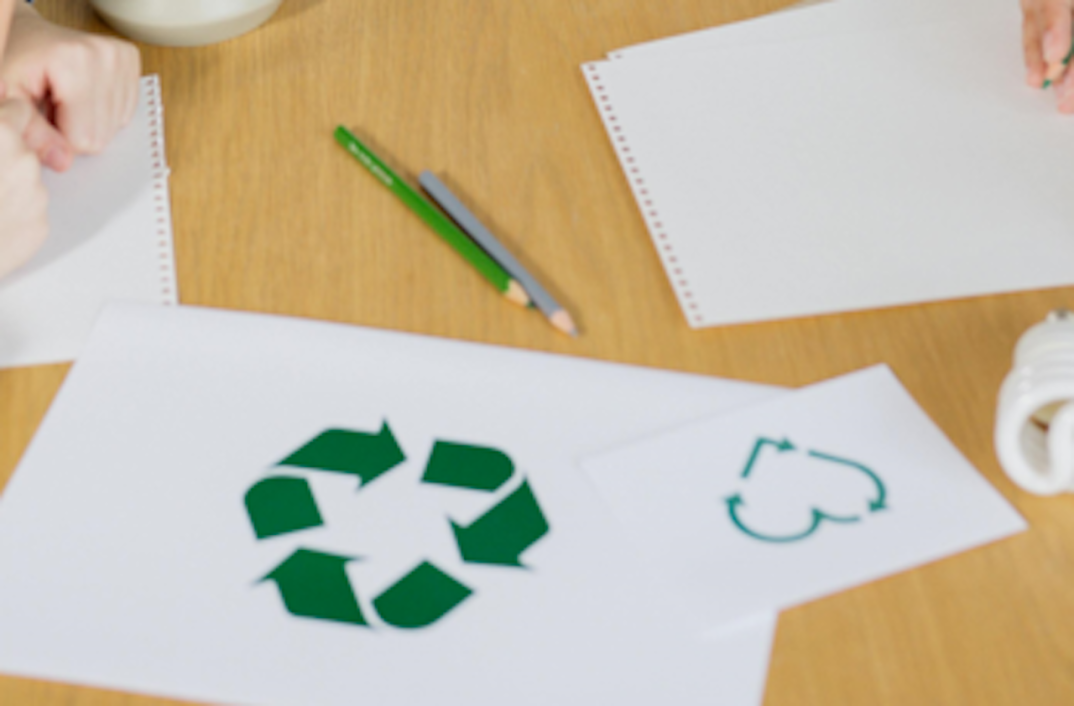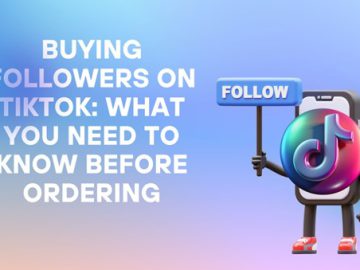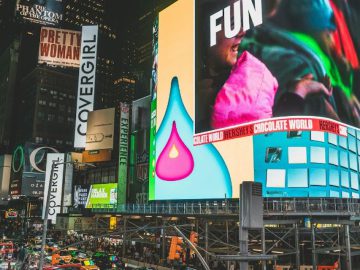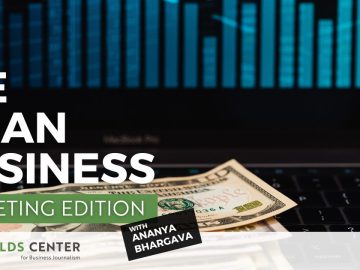Experience marketing is booming, ad spend is up, marketers’ appetites for it is increasing, but there is one problem: sustainability. How can brands ensure their experience marketing activation is sustainable?
Sustainability is a major challenge for experience marketing. The channel uses lots of resources, while suppliers and people often travel to attend in person. By its nature, it can be inherently wasteful.
Sustainable brands, in particular, need to tread carefully. Innocent smoothies, for example, was accused of greenwashing when it filled Trafalgar Square with 6,000 plants and flowers for the day. The stunt, which was to raise awareness of its sustainability campaign, was accused of doing the opposite and wasting more emissions.
Powered by AI
Explore frequently asked questions
This dilemma was put to three experiential experts at an event hosted by The Drum and the agency George P Johnson Experience Marketing.
Chris Jenkins, head of 3D Bulletproof, said: “No matter what you’re designing, you should be thinking about sustainability and trying to produce things that have been sourced from a good place or have an after-use.”
Jenkins, along with Jorge E Narváez-Arango, who is senior vice-president and head of creative for EMEAI at George P Johnson, and Amal Atallah, the managing director of the agency Landor, were optimistic about how on-board suppliers and brands are to make the channel more sustainable but said the challenge is how to do it at scale, within budget and under time constraints.
Here are their five tips.
1. Bring suppliers in from the start of a project
Jenkins has noticed that, in the last year or two, suppliers are really motivated to find sustainable solutions. “They’re coming to us with really cool, innovative solutions that they’ve worked out how to get through the red tape, because they want to be used,” he says.
With their buy-in, Jenkins recommends bringing in suppliers earlier in the project. “Where before you probably bring in suppliers midway or towards the end, bring them up at the start of the project. Tell them the ambition: this is what we want to do to create this truly sustainable thing. And we’re bringing them on board a lot sooner,” he says.
2. Get brands down to the space during the build
There is a lot of red tape and regulations when creating experience marketing that the brands might not be aware of. So Jenkins advises inviting them down to the space while it’s being built. “By bringing these retailers, these brand owners into the workshop, you’re taking them on the experience and you can try and sell in the sustainable solution that you have. If you sell them something that they truly love, we find they will bend the rules,” he says.
3. Giving back to the community
Landor’s Atallah encourages brands to donate resources to the local community after the activation wraps. Her agency worked with Accenture Song on its Mobile World Congress and Cop26 events. There, she says, the agency pre-planned what parts of the activation could come in useful to the community.
“All the things that surround that event, whether that’s the extra bench that you need, plants, etc, you can then donate them to local communities,” she says. “There is always an opportunity to think about the material that you are using and ask, ‘Can this be reused?’”
4. Design with the idea of being able to reuse at multiple activations
At the start of a project, all locations and spaces should be agreed upon so that items can be designed to suit more than one location, Jenkins advises. “Pretty much every project I’ve worked on in the past year is a collection of modular units. It looks like my team has built a unique space, but if you break it down, it’s individual units,” he says.
“If you are producing units that look the same, you’re reducing on material usage, molds, labor and shipping, as it is much easier – you aren’t shipping lots of things. It’s just flatpack,” he adds.
Suggested newsletters for you
Daily Briefing
Daily
Catch up on the most important stories of the day, curated by our editorial team.
Ads of the Week
Wednesday
See the best ads of the last week – all in one place.
The Drum Insider
Once a month
Learn how to pitch to our editors and get published on The Drum.
5. Hybrid events
George P Johnson’s Narváez-Arango says there are lessons to be learned from the Covid-19 pandemic. Pre-Covid, consumer and B2B events were attended in person by thousands of people flying from all over the world. Covid opened up the opportunity for hybrid events, which has helped control event numbers.
“By using events as a source of knowledge and thought leadership and capturing the community getting together and creating content and using them as a source of content, you’re able to then reach an exponential amount of people online if it’s done correctly,” he says. Here, brands should be thinking about what content to capture and what technology can make the event have more reach.
“If you think mathematically what you’ve done by introducing new technologies and making the events that are designed to reach a bigger audience than in itself, you already saved yourself a huge amount of carbon emissions for people that would want to have been part of the event and now may feel closer and understand what your brand proposition is and understand your stories.”




